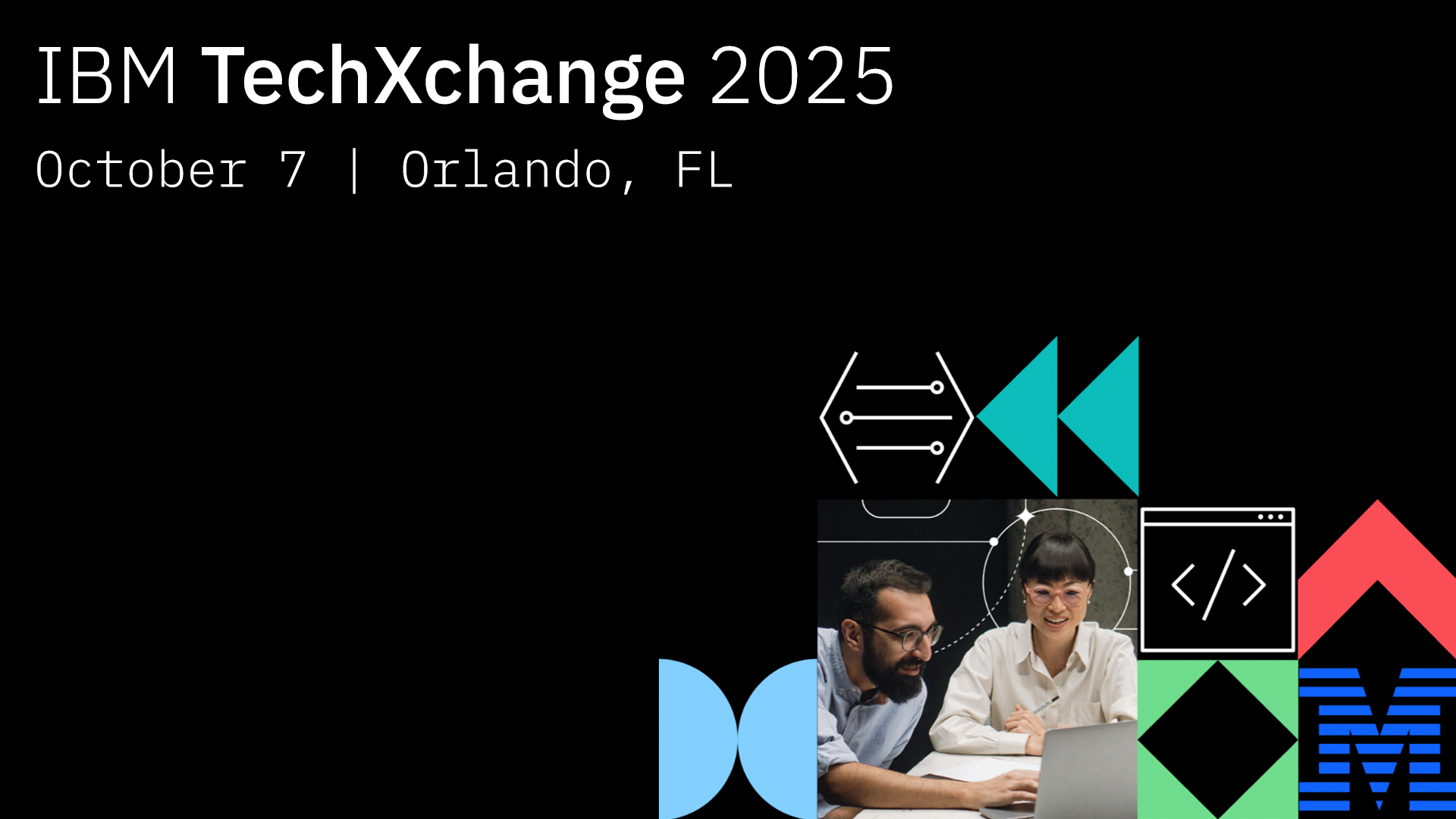At the recent NVIDIA GTC event, IBM announced new content-aware capabilities for its Storage Scale platform, expanding its AI infrastructure offerings to support more efficient, semantically rich data access for enterprise AI applications.
These updates integrate technologies from IBM Research and NVIDIA to enhance RAG workflows by embedding compute, data pipelines, and vector database capabilities directly into the storage system.
Content-Aware Storage Capabilities
IBM Storage Scale now includes a content-aware layer that applies NLP techniques to extract semantic meaning from unstructured content. This enables Storage Scale to convert text, charts, graphs, and images into dense vector embeddings suitable for integration with vector databases and RAG workflows.
CAS supports automatic monitoring of file changes across heterogeneous storage systems — including IBM and third-party environments and cloud repositories. The system detects file changes, executes pre-configured pipelines, and updates only the modified content in the vector database. This allows real-time updates for AI systems without full retraining cycles.
The core components of CAS include:
- Integration of IBM-developed NLP models with NVIDIA’s AI-Q blueprint and NeMo Retriever microservices.
- Localized embedding of semantic information using vectorization techniques to support contextual retrieval beyond keyword matching.
- Real-time synchronization with vector databases to support low-latency inferencing.
- Native support for unstructured data formats including documents, media files, and visual data representations.
Infrastructure Integration & Acceleration
CAS functionality leverages NVIDIA’s accelerated computing stack. Key infrastructure integrations include:
- BlueField-3 DPUs and Spectrum-X networking to enable high-throughput data movement between storage and compute resources.
- Support for NVIDIA GPUDirect for host server memory bypass, reducing latency in high-performance AI workloads.
- Availability of NVIDIA H200 GPU instances on IBM Cloud to support training and inference at scale.
Storage Scale continues to support high-performance S3 object storage and includes global data abstraction services that enable cross-location, multi-source connectivity.
Platform Ecosystem Integrations
IBM further extends the ecosystem by integrating CAS into its watsonx platform, providing compatibility with:
- NVIDIA NIM microservices, allowing organizations to incorporate external AI models across cloud providers.
- watsonx.governance, which supports observability, compliance, and governance for NIM microservices across distributed environments.
IBM and NVIDIA jointly offer consulting services through NVIDIA Blueprints, guiding customers on hybrid AI workload deployment using Red Hat OpenShift and IBM infrastructure.
Analysis
IBM’s introduction of content-aware capabilities in Storage Scale addresses a growing bottleneck in enterprise AI deployments: efficient access to unstructured, context-rich data for real-time inference. It also plays directly to a larger theme emerging in the enterprise storage world: intelligent data planes that manage storage while providing data manipulation capabilities to accelerate AI.
By embedding vectorization and compute directly into the storage infrastructure and aligning closely with NVIDIA’s RAG-enabling technologies, IBM reduces architectural complexity and accelerates time-to-insight for AI applications.
This move has several implications:
- For Enterprise Buyers: IBM lowers the operational burden of building and maintaining external vectorization pipelines by offering an integrated solution that can operate across heterogeneous storage environments.
- For Cloud Providers and Competitors: The integration of CAS with NVIDIA’s AI Data Platform and IBM’s watsonx ecosystem challenges hyperscalers and independent vector database providers (e.g., Pinecone, Weaviate) by embedding RAG infrastructure natively into enterprise storage. The announcement also increases competitive pressure on traditional storage vendors like Dell Technologies and NetApp.
IBM aligns its HPC heritage with the evolving demands of AI workloads, leveraging its existing investments in Storage Scale and watsonx. The CAS update enhances IBM’s differentiation in the AI infrastructure stack by closing the gap between data storage and AI model interaction, especially for RAG workflows.
Competitive Outlook & Advice to IT Buyers
These sections are only available to NAND Research clients. Please reach out to [email protected] to learn more.





